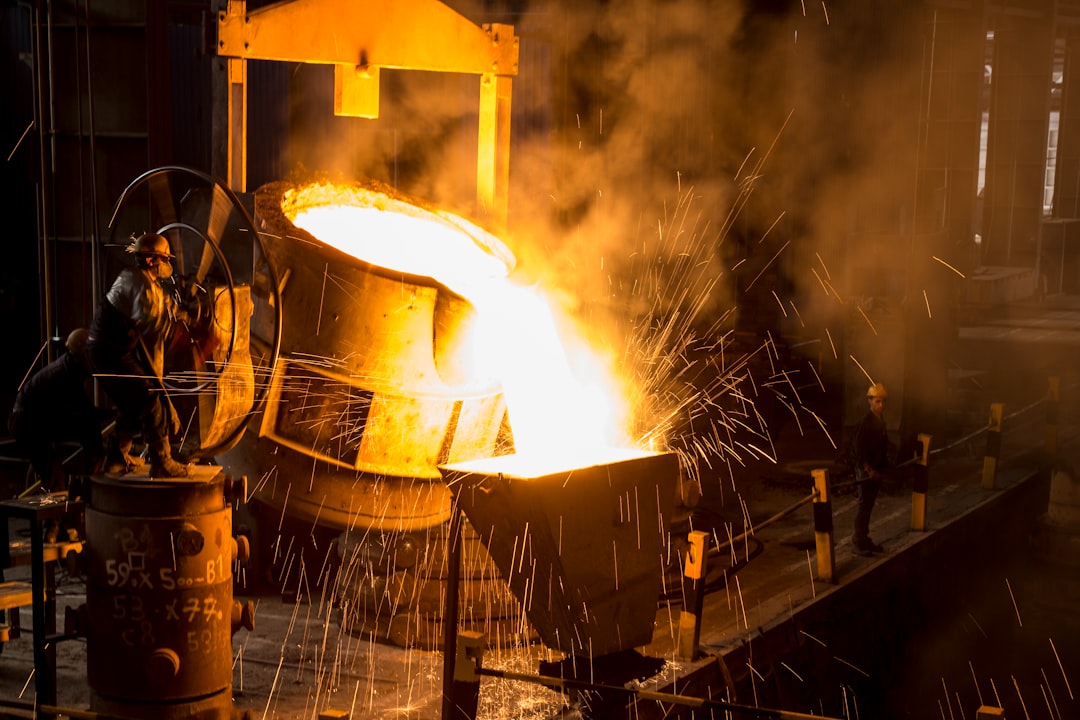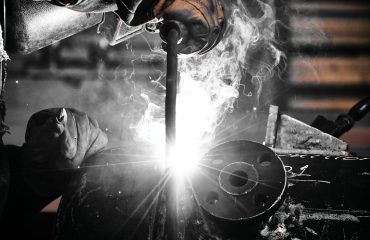Steel, a ubiquitous material in modern construction, demands specialized knowledge for safe and efficient implementation in civil engineering projects. This comprehensive guide explores the crucial aspects of steel training for civil engineers, equipping you with the understanding needed to excel in this demanding field.
Understanding Steel Design Principles
A strong foundation in steel design principles is paramount. This involves mastering the intricacies of structural analysis, load calculations, and the selection of appropriate steel sections. Civil engineers need to be proficient in using design codes like AISC (American Institute of Steel Construction) or Eurocode 3, understanding allowable stresses, safety factors, and the impact of different loading scenarios (dead loads, live loads, wind loads, seismic loads). Training should cover various design methods, including limit state design and working stress design, and the use of relevant software for analysis and design, such as STAAD Pro, ETABS, or RISA-3D. Understanding the behavior of steel under different stress conditions, including tension, compression, bending, and shear, is critical for ensuring structural integrity.
Steel Fabrication Processes and Quality Control
Beyond design, a comprehensive understanding of steel fabrication is essential. This phase involves transforming raw steel into usable structural elements. Training should cover various fabrication techniques, including cutting, welding, bolting, and the use of specialized equipment. Civil engineers need to know about different welding processes (e.g., SMAW, GMAW, FCAW) and their suitability for various applications, as well as the importance of weld inspection and quality control. Understanding the implications of fabrication tolerances and their impact on the overall structural performance is crucial. This also includes familiarity with quality assurance and quality control procedures, ensuring compliance with relevant standards and specifications.
Construction Techniques for Steel Structures
The successful erection of steel structures requires meticulous planning and execution. Training in this area should cover various construction methodologies, including the use of cranes, rigging techniques, and the assembly of steel components. Understanding the sequence of erection, temporary bracing, and the importance of safety protocols are paramount. Civil engineers should be familiar with different connection types (bolted, welded, or a combination) and their respective strengths and limitations. Furthermore, knowledge of site management, including logistics, scheduling, and coordination with other trades, is vital for efficient and safe construction.
Steel Detailing and Drawings Interpretation
Steel detailing is the process of creating detailed drawings and specifications for steel fabrication. Civil engineers need to be able to interpret these drawings accurately and communicate effectively with fabricators. This involves understanding symbols, notations, and tolerances used in steel detailing. Training should cover the use of Computer-Aided Design (CAD) software specifically for steel detailing, such as Tekla Structures or AutoCAD. The ability to review shop drawings and identify potential discrepancies or errors is also a crucial skill for ensuring the quality and accuracy of the fabricated steel components.
Advanced Topics and Industry Best Practices
Beyond the fundamentals, advanced training should delve into specialized areas like seismic design of steel structures, fire protection of steel, and sustainable steel construction practices. Understanding the latest innovations in steel technology, such as high-strength steel and composite steel structures, is also beneficial. Staying updated with industry best practices, including safety regulations, environmental considerations, and advancements in construction techniques, is crucial for maintaining professional competence. Participation in professional development courses, attending industry conferences, and networking with experienced professionals are essential for continuous learning and growth.
In conclusion, comprehensive steel training is not merely an optional add-on for civil engineers; it’s a necessity. Mastering the design, fabrication, and construction aspects of steel structures is crucial for delivering safe, efficient, and sustainable projects. By investing in thorough training, civil engineers can enhance their skills, broaden their career prospects, and contribute significantly to the advancement of the construction industry.
SEO Tags:
- Steel Training Civil Engineers
- Steel Design Training
- Steel Construction Courses
- Structural Steel Engineering
- AISC Steel Design




